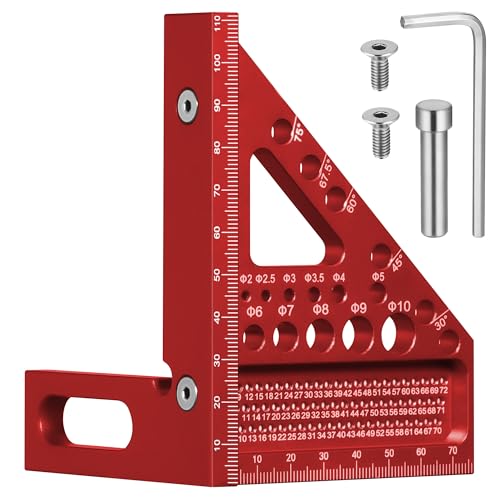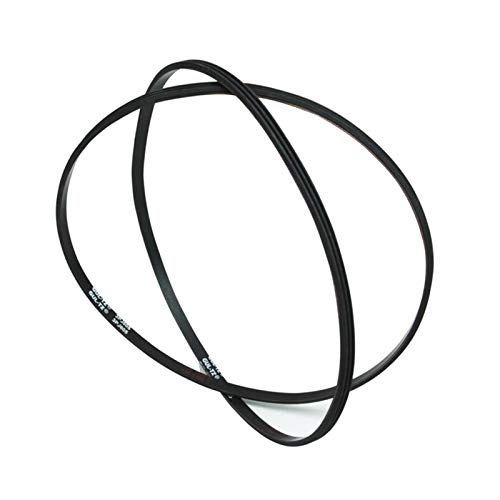Morning all, inspired partly by the excellent refurb thread from @deema and @Sideways, I have acquired a Sedgwick MB in green, but I think I've already broken it getting it home. It was slung under the thicknesser table as per the manual, with a block of wood jammed between thicknesser table and rollers/cutterblock, but after it was loaded I noticed that the wood was actually on the fingers, and now the thicknesser table falls nicely but when lifting it sticks, seemingly once per handle revolution. I can't see any damage from underneath, but clearly there is some.
My question is where is it likely to be? I can't see how a pull on the table could stress the worm gears (as the acme rise/fall thread should not transfer any force to them), but I also can't see how it could be anything else.
I hadn't planned it, but looks like I might be doing my own stripdown thread....
My question is where is it likely to be? I can't see how a pull on the table could stress the worm gears (as the acme rise/fall thread should not transfer any force to them), but I also can't see how it could be anything else.
I hadn't planned it, but looks like I might be doing my own stripdown thread....


















